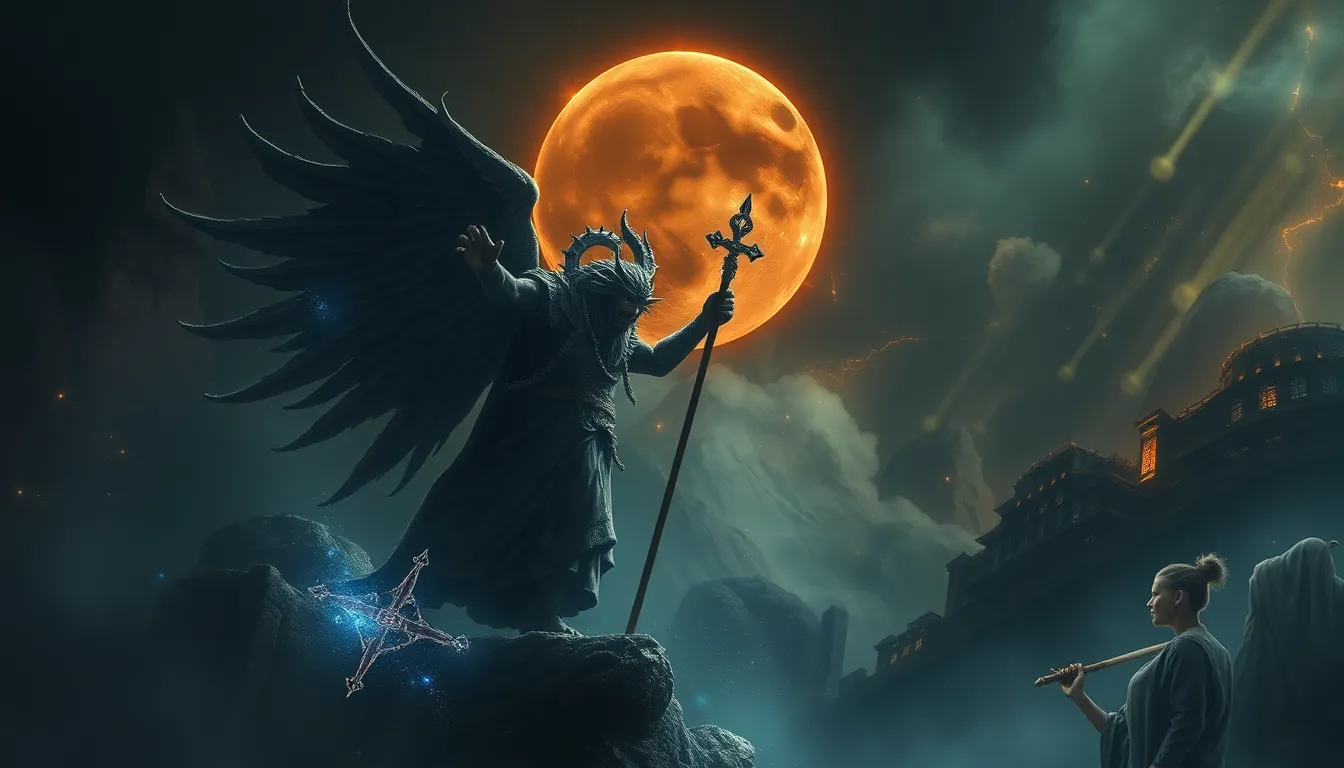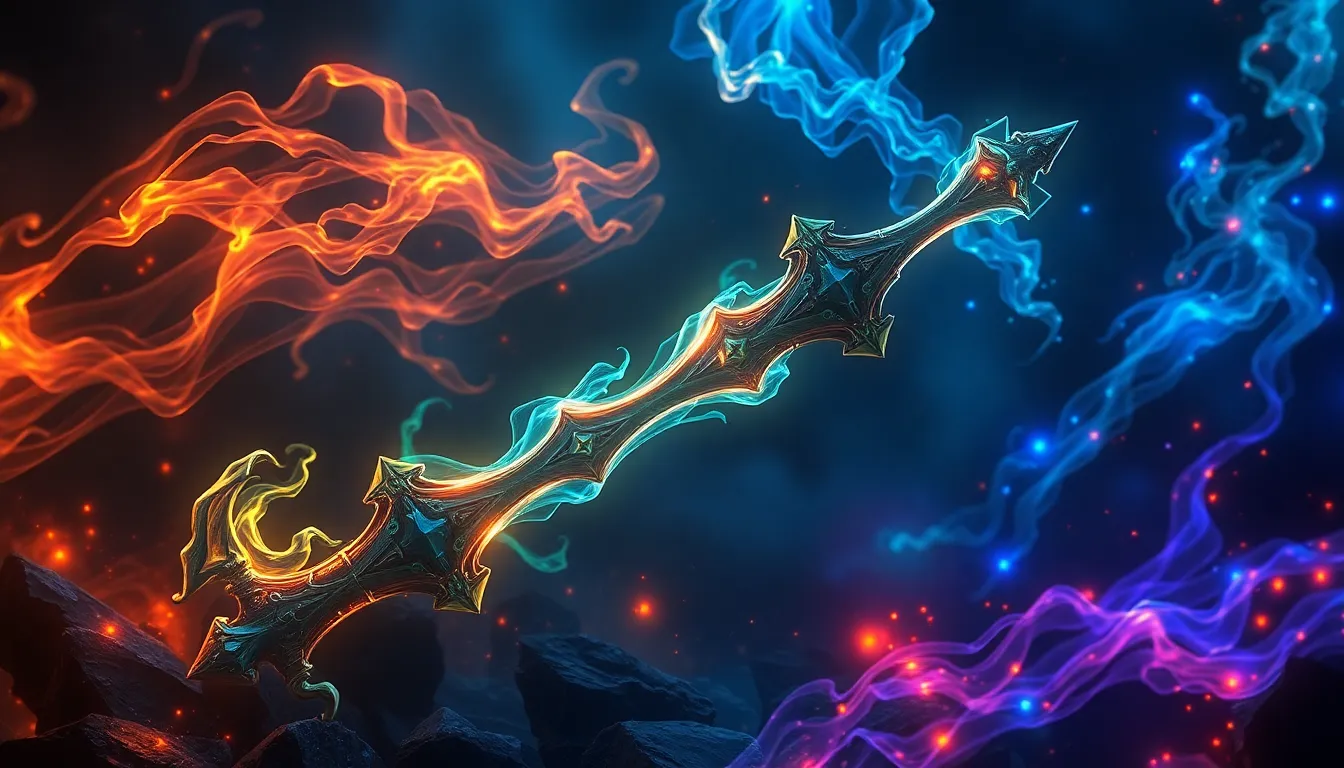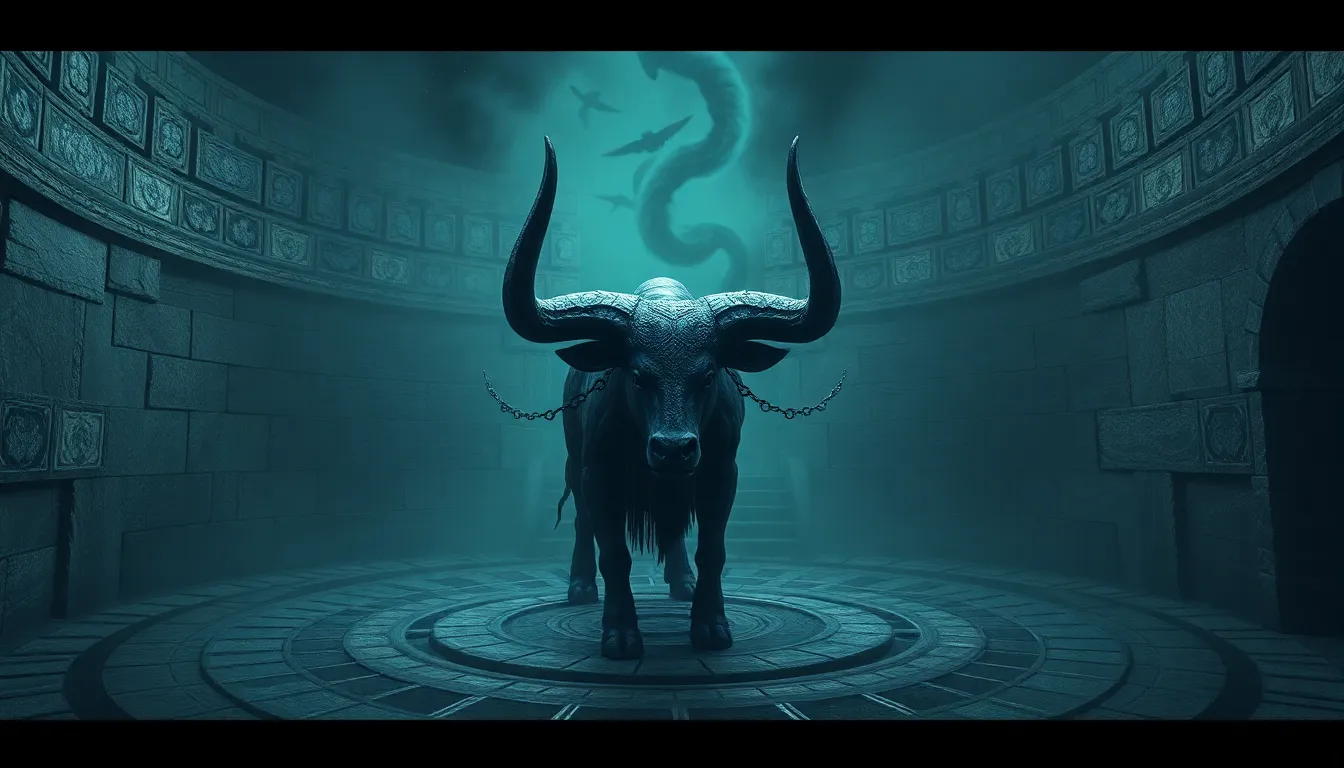The Myth of the Great Protector: Morality in Guardianship
I. Introduction
Guardianship is a multifaceted concept deeply rooted in history, defined as the role of protecting and caring for others, particularly those who are vulnerable or in need of assistance. Historically, guardianship has taken various forms, from the familial to the political, often characterized by a sense of duty and moral obligation.
The archetype of the “Great Protector” emerges from this historical context, embodying the ideal of a powerful figure who safeguards the weak and upholds justice. This ideal is celebrated in countless narratives, yet it also raises significant questions about the complexities and moral dilemmas faced by guardians in various contexts.
This article explores these complexities, examining the intricate moral landscape that guardians navigate as they fulfill their protective roles.
II. The Great Protector Archetype
The Great Protector archetype has its origins in ancient mythology and folklore, where figures such as gods, heroes, and kings were often depicted as the guardians of their people. Over time, this archetype has evolved, finding expression in modern literature, film, and other forms of media.
Some key elements of the Great Protector myth include:
- Heroism: The protector is often portrayed as a heroic figure who bravely confronts danger.
- Selflessness: Guardians are expected to prioritize the well-being of others above their own interests.
- Idealism: The protector embodies ideals such as justice, honor, and loyalty.
Culturally, this archetype is represented in various forms, from the superhero genre to classic fairy tales, influencing our perceptions of protection and morality. However, the psychological implications of the protector role can be complex, as the burden of expectation can lead to issues such as burnout and moral injury.
III. Morality and Ethics in Guardianship
Morality, in the context of guardianship, refers to the principles and values that guide a guardian’s actions and decisions. Guardians often face ethical dilemmas that challenge their moral compass.
Two primary ethical frameworks help to analyze these dilemmas:
- Utilitarianism: This framework focuses on the consequences of actions, advocating for decisions that maximize overall happiness or well-being.
- Deontological Ethics: This approach emphasizes duty and adherence to moral rules, regardless of the outcomes.
Guardians have moral responsibilities to those they protect, which include:
- Ensuring safety and well-being
- Respecting autonomy and agency
- Acting with integrity and honesty
These responsibilities can clash with the ethical frameworks, leading to challenging moral decisions.
IV. Case Studies in Guardianship
Exploring historical and contemporary examples of guardianship provides insight into the moral complexities faced by guardians. Historical figures, such as political leaders and military commanders, often grappled with decisions that impacted many lives.
Contemporary guardianship can be seen in parental figures, mentors, and community leaders. Each of these roles requires navigating moral decisions that reflect the guardian’s values and the needs of those they protect.
For instance:
- Political Leaders: Decisions made during times of war can highlight the tension between national security and moral obligations to protect civilians.
- Parents: Balancing discipline with compassion often requires difficult choices that can impact a child’s development and trust.
These examples illustrate the weight of moral responsibility that guardians carry in their roles.
V. The Complexity of Power Dynamics
The relationship between a guardian and the protected is inherently complex, often characterized by power dynamics that can influence ethical considerations. Guardians wield a significant amount of power, which can lead to:
- Potential Abuse of Power: The guardian’s authority can be misused, leading to manipulation or exploitation of those in their care.
- Consent and Agency: It is crucial to consider the voices and choices of those being protected, as true guardianship respects individual autonomy.
Understanding these dynamics is essential for ensuring ethical guardianship that empowers rather than diminishes the protected.
VI. Guardianship in Crisis Situations
Crisis situations, such as natural disasters or armed conflicts, often put guardianship to the test. In these scenarios, guardians face urgent moral dilemmas that demand quick thinking and decisive action.
Key considerations in crisis guardianship include:
- Resource Allocation: Deciding how to distribute limited resources can lead to ethical conflicts.
- Protection vs. Autonomy: Balancing the immediate safety of individuals with their right to make choices can create moral tension.
Guardians in these contexts must navigate these dilemmas while maintaining their ethical commitments to those they protect.
VII. Feminist Perspectives on Guardianship
Feminist perspectives on guardianship highlight the gender dynamics often present in traditional roles. Historically, guardianship has been predominantly male-dominated, leading to unique ethical challenges.
Key themes include:
- Patriarchal Structures: The influence of patriarchy can distort the morality of protection, often prioritizing the needs of the guardian over the protected.
- Reimagining Guardianship: Feminist thought encourages a rethinking of guardianship that emphasizes equality, empowerment, and shared responsibility.
By examining these dynamics, we can gain a more nuanced understanding of guardianship that transcends traditional roles.
VIII. The Impact of Cultural Perspectives
Different cultures define and perceive guardianship in varying ways, which can influence moral expectations and responsibilities. In collectivist societies, guardianship may emphasize community obligations, while individualistic cultures may focus on personal autonomy.
Cross-cultural moral implications of the protector role include:
- Community vs. Individualism: The balance between community needs and individual rights can shape guardianship practices.
- Cultural Norms: Expectations surrounding guardianship can vary significantly, altering the moral landscape within which guardians operate.
Understanding these cultural perspectives is crucial for fostering ethical guardianship that respects diverse values.
IX. The Future of Guardianship
As society evolves, so do the roles and expectations of guardians. Changing social dynamics, technological advances, and shifting cultural norms all impact how guardianship is perceived and practiced.
Key areas of change include:
- Societal Expectations: The demand for more accountable and transparent guardianship is growing.
- Technology and Social Media: These tools can both enhance and complicate guardianship, influencing how protectors connect with those they safeguard.
Rethinking the Great Protector myth is essential for adapting to these changes and ensuring ethical guardianship in modern contexts.
X. Conclusion
In summary, the exploration of guardianship through the lens of the Great Protector myth reveals a complex interplay of morality, ethics, and cultural perspectives. Understanding the moral considerations in guardianship is crucial for fostering relationships that empower rather than dominate.
As we reflect on these themes, it is evident that a nuanced understanding of guardianship is needed—one that recognizes the responsibilities of guardians while respecting the autonomy of those they protect. This call to action encourages a re-evaluation of the Great Protector myth, advocating for a more compassionate and equitable approach to guardianship in the future.




